Aldea de Artesanías Tradicionales de Gyeongju (경주민속공예촌)
6.8Km 2025-05-23
Bobul-ro 230, Gyeongju-si, Gyeongsangbuk-do
En la ruta turística cerca de la base del monte Tohamsan, entre el templo Bulguksa y el complejo turístico del lago Bomun, se sitúan nada menos que 45 casas tradicionales con techos de teja y paja. La Aldea de Artesanías Tradicionales, de 66.116 m², es el hogar de artesanos que han mantenido con éxito el espíritu y la artesanía de sus ancestros. Los visitantes pueden recibir un tour gratuito por 18 galerías y talleres de metal, cerámica, madera, joyería, artesanía de piedra, bordados y artesanías de barro. Todas las obras son creadas por los artistas locales y están a la venta a precios razonables.
Daldongnae de los Viejos Tiempos (추억의 달동네)
6.9Km 2025-05-26
Bobul-ro 216-8, Gyeongju-si, Gyeongsangbuk-do
Huewon (경주휴원)
7.1Km 2025-06-04
154, Chunghyoseoak-gil, Gyeongju-si, Gyeongsangbuk-do
Tumba del Rey Muyeol y Estela del Rey Taejong Muyeol (경주 무열왕릉, 태종무열왕릉비)
7.4Km 2025-05-23
Neungnam-gil 10-4, Gyeongju-si, Gyeongsangbuk-do
La tumba real del rey Muyeol es de Kim Chun-chu, quien subió al trono como 29º gobernante del Reino de Silla. Este rey intentó unificar los tres reinos aliando fuerzas con la dinastía Tang de China, pero falleció antes de que pudiera lograr su objetivo con éxito. Al este de la tumba, se encuentran los restos de su estela con una inscripción que dice: “Taejong Muyeol Daewangjibi (lápida del Gran Rey Muyeol)”.
Tumbas Samneung de Bae-dong en Gyeongju (경주 배동 삼릉)
7.8Km 2021-06-10
Bae-dong 73-1, Gyeongju-si, Gyeongsangbuk-do
+82-54-779-6100
Samneung significa "tres tumbas reales", y en este caso hace referencia a la de tres reyes del reino de Silla: Adala (8º de la dinastía), Sindeok (53º rey) y Gyeongmyeong (54º).
Rasunjae (라선재)
8.1Km 2025-05-27
Yongdam-ro 443-51, Hyeongok-myeon, Gyeongju-si, Gyeongsangbuk-do
Monte Namsan de Gyeongju (경주 남산)
8.1Km 2021-05-14
Namsan-dong, Gyeongju-si, Gyeongsangbuk-do.
+82-54-771-7142
El monte Namsan de Gyeongju está situado al sur de esta ciudad, que en la antigüedad era un sitio religioso y de suma importancia para la población del reino de Silla. Los picos más altos son el pico Geumobong (468 m) y el pico Gouibong (494 m), de los cuales brotan las aguas que recorren aproximadamente 40 valles y distintas cordilleras que forman la montaña. Observada desde arriba, presenta una forma ovalada y su extensión más al sur hace que la montaña se vea como un triángulo rectángulo.
La ladera de la parte oeste de la montaña es el lugar que dio paso a la leyenda de Bak Hyeokgeosae, el primer rey de Silla; y el patio Poseokjeong es el sitio trágico donde empezó la caída de la milenaria ciudad. Al este de la montaña, se encuentran distintas estatuas de Buda como Borisa Seokbuljwasang, la roca Bulmusa de Buda, etc; y al sur hay 12 tesoros nacionales como Chilbulam Maeseokbul, 12 sitios históricos como el patio Poseokjeong, Najeong, 9 patrimonios culturales locales y 1 importante legado histórico.
No solo sus ruinas y patrimonios sorprenden a los visitantes, sino también los senderos variados y los hermosos paisajes creados por diferentes valles y rocas, que son otro de los encantos que presenta la montaña. Muchos turistas elogian este tesoro diciendo “Para conocer Gyeongju, hay que subir primero el monte Namsan”. Por ello, este monte es considerado como el punto de origen del antiguo reino de Silla, que permitió unir la naturaleza y las creencias religiosas para crear una cultura milenaria única.
Cheonggong [Korea Quality] / 청공한옥 [한국관광 품질인증]
8.6Km 2020-09-08
5-6, Igu 2-gil, Gyeongju-si, Gyeongsangbuk-do
+82-10-4577-5223
Cheonggong Hanok is a mere 10 minutes away from Bulguksa Station (Donghae Line) on foot. The two traditional Hanok buildings house 10 rooms. Once you enter the main gate, the harmonious scene of a big grassy yard, a very old pine tree, a small pond, and the graceful Hanok buildings welcomes you. The garden looks a bit exotic, but there is a back story to it. The first architect of the house did business in Japan with his wife living alone in Gyeongju but regretted not having spent a long time with her; thus, he came back to Korea, built the biggest house possible, and lived with his wife for the rest of his life. Afterward, his descendants took over it, named it after the architect, Cheonggong, and opened it as a Hanok stay. That is how the space where Korea’s traditional Hanok and Japanese garden were put together by the Korean architect who did an extended stint in Japan came to be. The table used by the couple is preserved in the garden for guests to look at. Although it is a traditional Hanok, every room is equipped with a TV, a refrigerator, an air-conditioner, and a bathroom to make the space comfortable to stay even for children.
Cheongjae Hanok (청재한옥)
8.7Km 2025-04-11
Bulguk-ro 163, Gyeongju-si, Gyeongsangbuk-do
Kolon Hotel Gyeongju (코오롱호텔)
8.9Km 2021-04-15
289-17, Bulguk-ro, Gyeongju-si, Gyeongsangbuk-do
+82-54-746-9001
Kolon Hotel Gyeongju is located in front of Bulguksa Temple, one of the world’s top ten historic sites. The building features arch-shaped fortress wall with spacious areas, designed with both traditional and modern elements. As a recuperation hotel, it houses a spa using sodium bicarbonate water, and a 9-hole public golf course. It offers a cozy ambience and sincere service with varied facilities including pleasant guestrooms viewing the sunrise of Tohamsan Mountain, sports facilities for golf, swimming, jogging and spas. It is the only premium-class hotel in Gyeongju to have hot spring spa facilities. The lobby on the third floor is famous for the lounge where people can enjoy the panoramic scenery of Tohamsan Mountain while relaxing, as well as a coffee shop serving various drinks and a luncheon over live music.

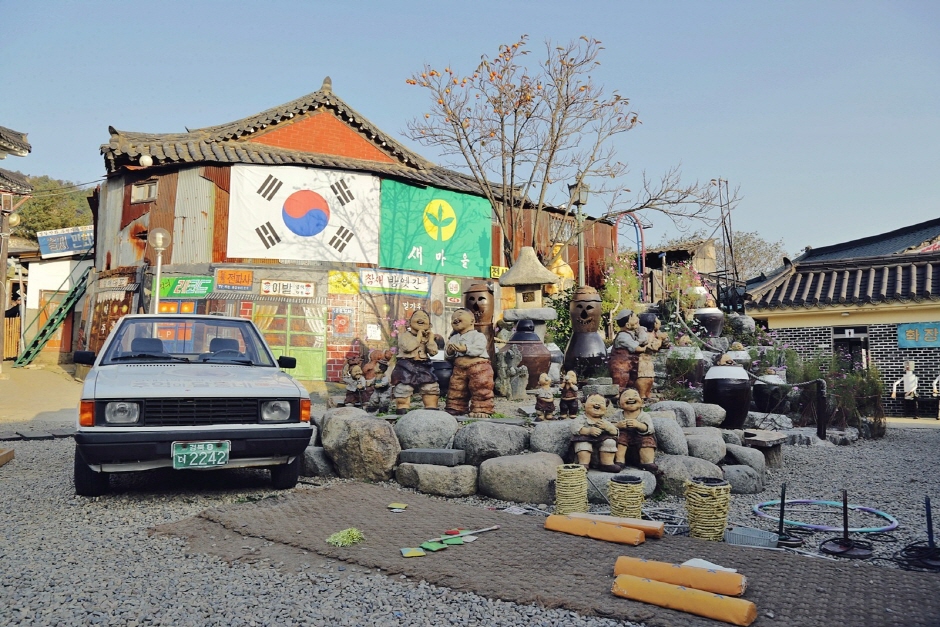
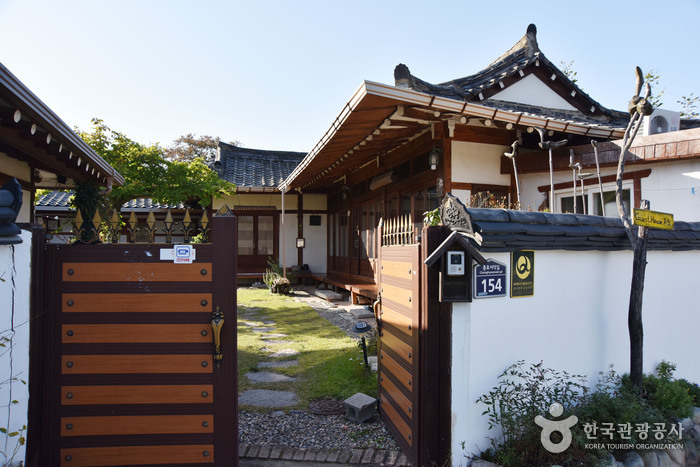
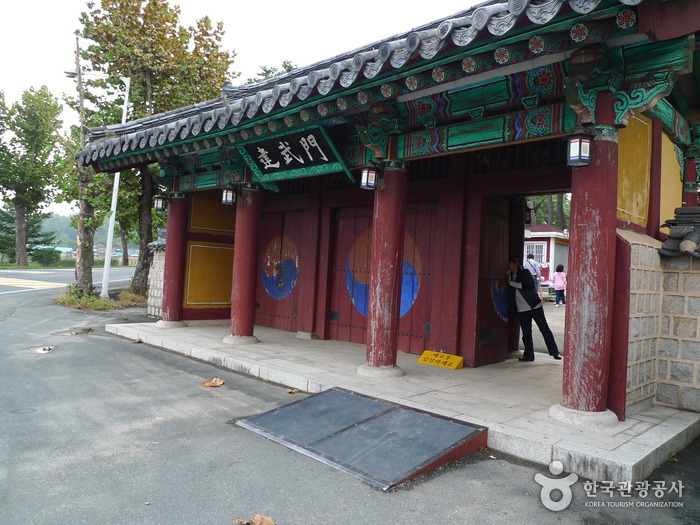
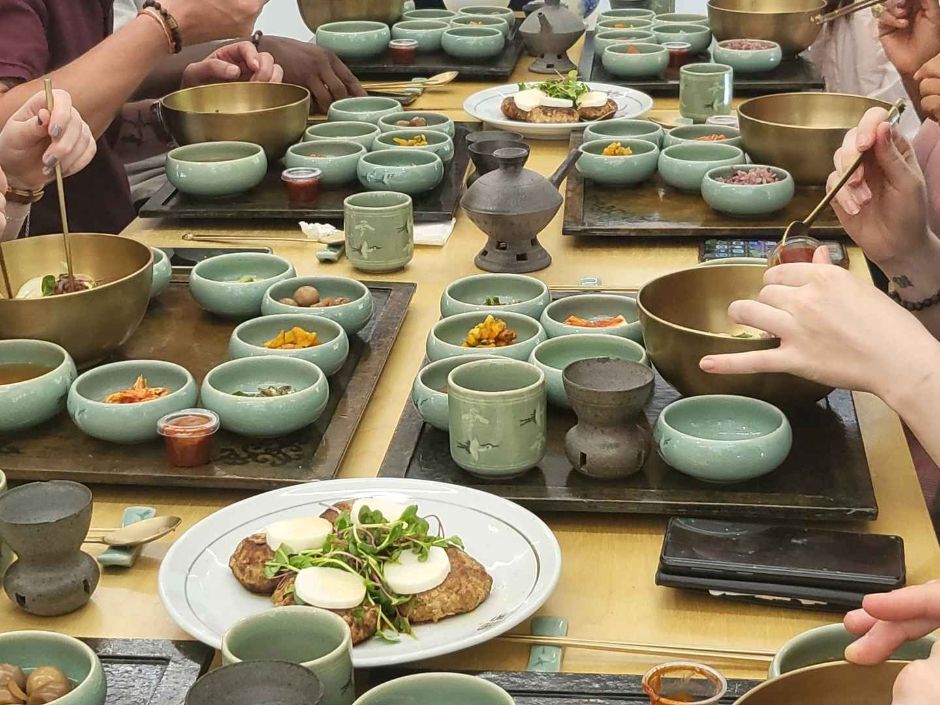
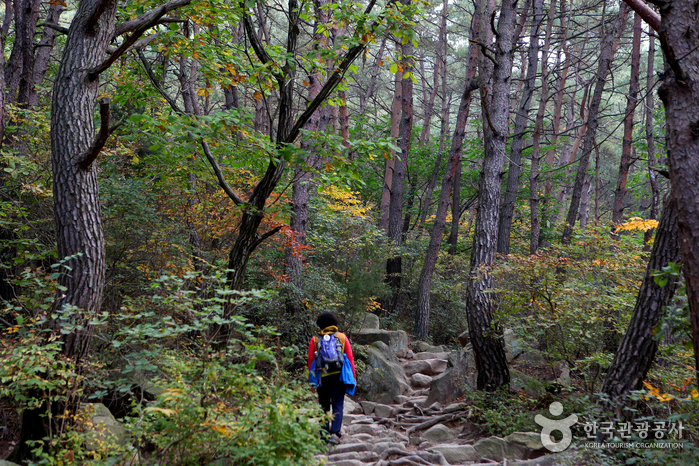
![Cheonggong [Korea Quality] / 청공한옥 [한국관광 품질인증]](http://tong.visitkorea.or.kr/cms/resource/69/2637169_image2_1.jpg)
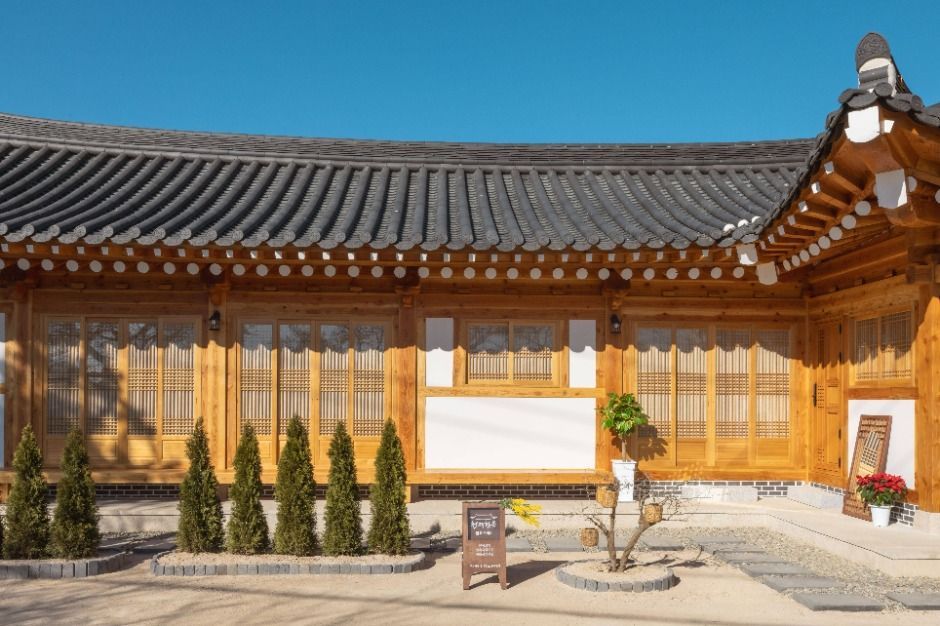
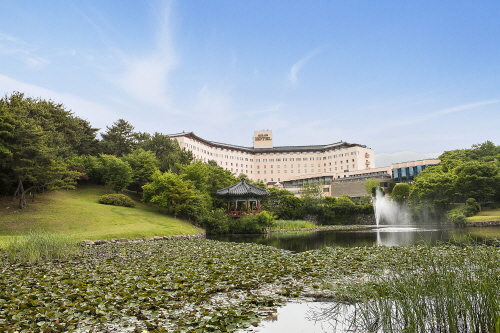
 Español
Español
 한국어
한국어 English
English 日本語
日本語 中文(简体)
中文(简体) Deutsch
Deutsch Français
Français Русский
Русский